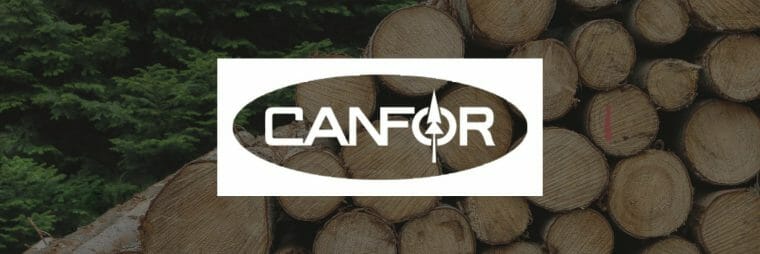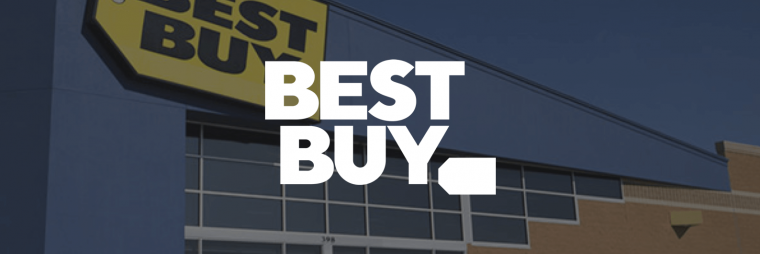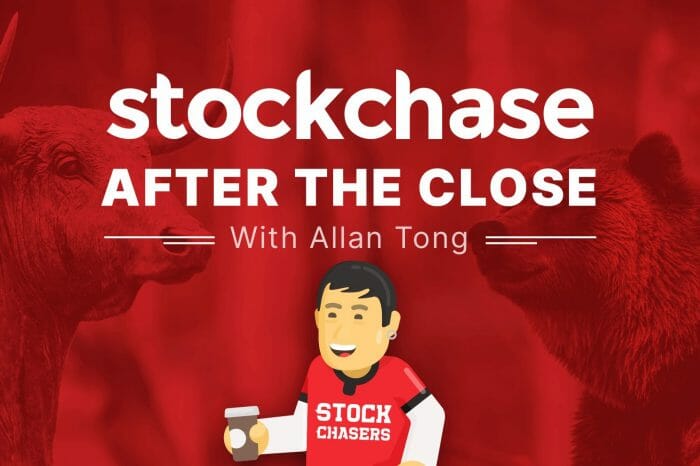BBY Stock, HD Stock and CFP Stock: Top 3 Stocks for the Homebody Trend

A visit to Canadian Tire or Home Depot, despite limited store capacity, shows healthy consumer demand to buy paint, furniture and renovation supplies, even in the U.S. where the number of COVID cases remains much higher than in Canada, per capita. It could be a good time to look at the CTC Stock, but today we focus on US Stocks: the BBY Stock, HD Stock and CFP Stock.
Notably, lumber prices have gone through the roof, given low inventories and spiking demand. At the depth of the lockdown earlier this year, as suppliers had cut production as they expect sales to plunge. Now, it seems everybody is building a porch. Or they’re buying a TV, since there’s still limited outside entertainment.
Work-from-home trend
Rock-bottom interest rates, the ongoing work-from-home trend, and the exodus by some homeowners to move out of cities into towns and suburbs are all driving U.S. home sales. From June to July, American sales leapt 25% and broke new records at an average of US$304,100. The last time America saw a surge this great was in the late innings of the sub-prime mortgage era. We’re not suggesting that this rally will lead to another crash, but these forces are real and will continue until COVID is tamed.
Here’s a look at stocks to serve the homebody trend….

The CFP Stock: Canfor (CFP-T)
Forget gold. Lumber is king. During the depths of the lockdown, the price of lumber in the CME futures has tripled since April 1 to nearly touch US$828 (per thousand board feet) just recently. There are no signs yet to show a slowdown in demand. Meanwhile, Canfor is still only halfway to its all-time highs above $32, last touched in May 2018.
This made analyst Jason Mann name Canfor as a top pick in mid-August. However, Ross Healy cautions that Canfor has a weak balance sheet while high U.S. unemployment could derail the U.S. housing boom. Then again, America is seeing a bifurcated economy, split between those hit by the pandemic and those thriving, if not surviving. If white-collar workers lose jobs, watch out. Brian Madden adds that at the end of a recession, which some analysts see happening now, investors should buy cyclicals like lumber.
Canfor doesn’t pay a dividend, so no luck for income investors here. This is a bet on whether the U.S. housing boom will continue.

The HD Stock: Home Depot (HD-N)
This is where homebuilders buy lumber and renovation materials. This stock is no stranger to investors in this economic climate. Gordon Reid considers Home Depot the ultimate stay-at-home stock. Even at current highs, Reid still recommends it.
In fact, Home Depot made all-time highs last week, so it’s a candidate for a pullback to at least $265. (It currently changes hands around $285.) Two weeks ago, HD reported and made all its benchmarks, despite high expectations. Twelve analysts recommend it as a strong buy, 12 more as a buy, and 9 signal it as a hold.
The average price target is $302.71, around 5.5% higher than current prices. Income investors will like its 2.08% dividend, based on a low 55% cash flow. Home Depot has increased its operating margins from 11 to 16% while raising revenues. Online sales in the recent quarter jumped 100%. Home Depot is here to stay, but step perhaps in at a better price.

The BBY Stock: Best Buy (BBY-N)
Once homeowners build their abode or move into a new home, they will buy stuff to fill it. Here is where Best Buy steps in. Like Home Depot, Best Buy operates a thriving online operation that consumers like myself find reliable.
Last week, the chain that sells TVs and other home entertainment reported that online U.S. sales soared 242% year-over-year, crushing the street’s expectations. Further, Best Buy announced that it would transform a quarter of its 1,000 stores into hubs to meet the surging e-sale demand. Those revenues have kept this electronics retailer afloat with four straight quarters of beats.
Best Buy is trading only $6 lower than its average price target of $116. Even though the wind is at its back, it’s likely wise to wait for a pullback before entering or adding more. Existing shareholders have been rewarded with a 74.56% total one-year return at a 3.53% profit margin and a 17.35x PE.



